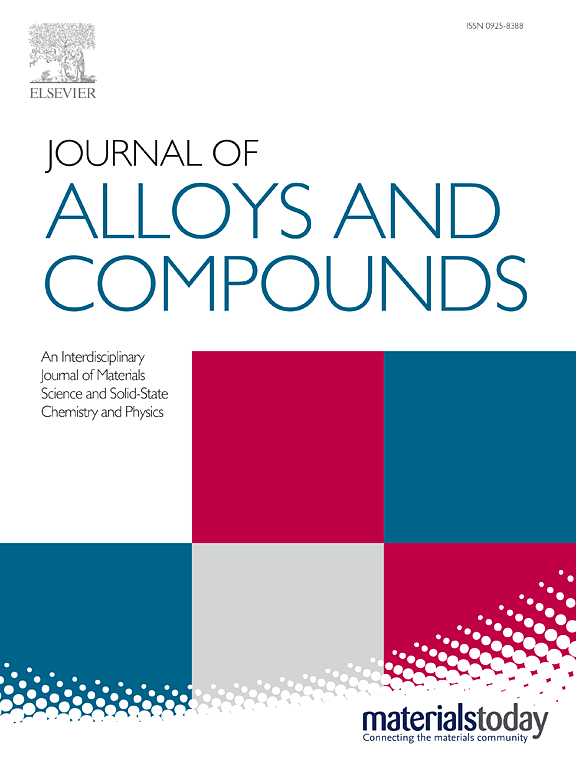Diazenyl Derivative as High-Performance Anolyte for Aqueous Organic Redox Flow Batteries
IF 5.8
2区 材料科学
Q2 CHEMISTRY, PHYSICAL
引用次数: 0
Abstract
High-efficiency and economical energy storage technologies are crucial to providing a consistent power supply from renewable sources. The aqueous organic redox flow battery (AORFB) is a potential energy storage device that stores energy in redox-active organic molecules submerged in aqueous electrolytes. This technology has been extensively highlighted as a cost-effective and safe alternative for commercial high-cost redox flow battery systems. Herein, we presented a low molecular mass diazenyl anolyte having high solubility in an alkaline aqueous medium (>1.5 M) and has shown suitable charge-discharge capacity when coupled with the potassium ferrocyanide K4[Fe(CN)6] catholyte in ambient environment realizing a cell potential of 1.1 V. This study can shift the focus towards designing simple azo-based organic molecules with water-soluble functionalities for AORFBs that can offer a suitable cell voltage. The designed anolyte (E)-2-((4- (dimethylamino)phenyl)diazenyl)benzoic acid has sustained a discharge capacity of 18 mAh g-1 after 100 charge-discharge cycles (with 10 minutes of charging and discharging) achieved at a current density of 10 mA cm-2. The achieved Coulombic efficiency of about 72% with an average decay rate of 0.037 per cycle, capacity retention (99.96%) for 100 cycles, and a volumetric capacity of 720 mAh L-1. These results demonstrate the promising electrochemical stability and practical viability of the designed anolyte for future redox flow battery applications.

二氮基衍生物作为有机水氧化还原液流电池的高性能阳极电解质
高效和经济的能源储存技术对于提供稳定的可再生能源供应至关重要。水性有机氧化还原液流电池(AORFB)是一种潜在的能量存储装置,它将能量存储在浸没在水电解质中的氧化还原活性有机分子中。该技术作为商业高成本氧化还原液流电池系统的一种经济、安全的替代方案而受到广泛关注。在此,我们提出了一种低分子质量的二氮基阳极电解质,在碱性水介质(>1.5 M)中具有高溶解度,并且在环境环境中与亚铁氰化钾K4[Fe(CN)6]阴极电解质偶联时显示出合适的充放电容量,电池电位为1.1 V。这项研究可以将重点转移到为主动脉fb设计具有水溶性功能的简单偶氮基有机分子上,这些分子可以提供合适的电池电压。所设计的阳极电解质(E)-2-((4-(二甲氨基)苯基)二氮基)苯甲酸在电流密度为10 mA cm-2的情况下,经过100次充放电循环(充放电时间为10分钟),放电容量为18 mAh g-1。库仑效率约为72%,平均衰减率为0.037 /循环,100次循环容量保持率为99.96%,体积容量为720 mAh L-1。这些结果表明,所设计的阳极液具有良好的电化学稳定性和实际可行性,可用于未来的氧化还原液流电池。
本文章由计算机程序翻译,如有差异,请以英文原文为准。
求助全文
约1分钟内获得全文
求助全文
来源期刊

Journal of Alloys and Compounds
工程技术-材料科学:综合
CiteScore
11.10
自引率
14.50%
发文量
5146
审稿时长
67 days
期刊介绍:
The Journal of Alloys and Compounds is intended to serve as an international medium for the publication of work on solid materials comprising compounds as well as alloys. Its great strength lies in the diversity of discipline which it encompasses, drawing together results from materials science, solid-state chemistry and physics.
 求助内容:
求助内容: 应助结果提醒方式:
应助结果提醒方式:


